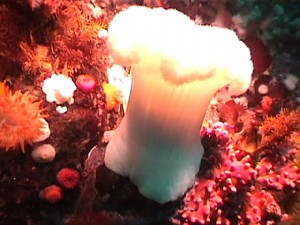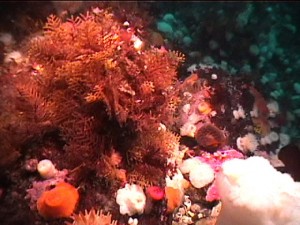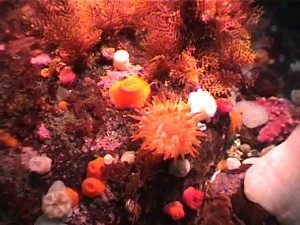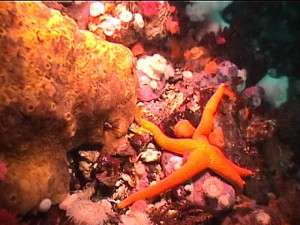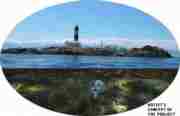Chris Blondeau and Juan Carlos video the substrate at the site of the tidal energy piling installation. This is prior to the pile drilling operation for the Pearson College-ENCANA_Clean Current Demonstration Tidal Current Energy Project. They find bedrock in the area 30 cm under the surface at a depth of 24 meters of water.
See other archived video with Pearson College Divers
|
Invertebrate Scenes from the video:
|
||||||||||||||
|
||||||||||||||
